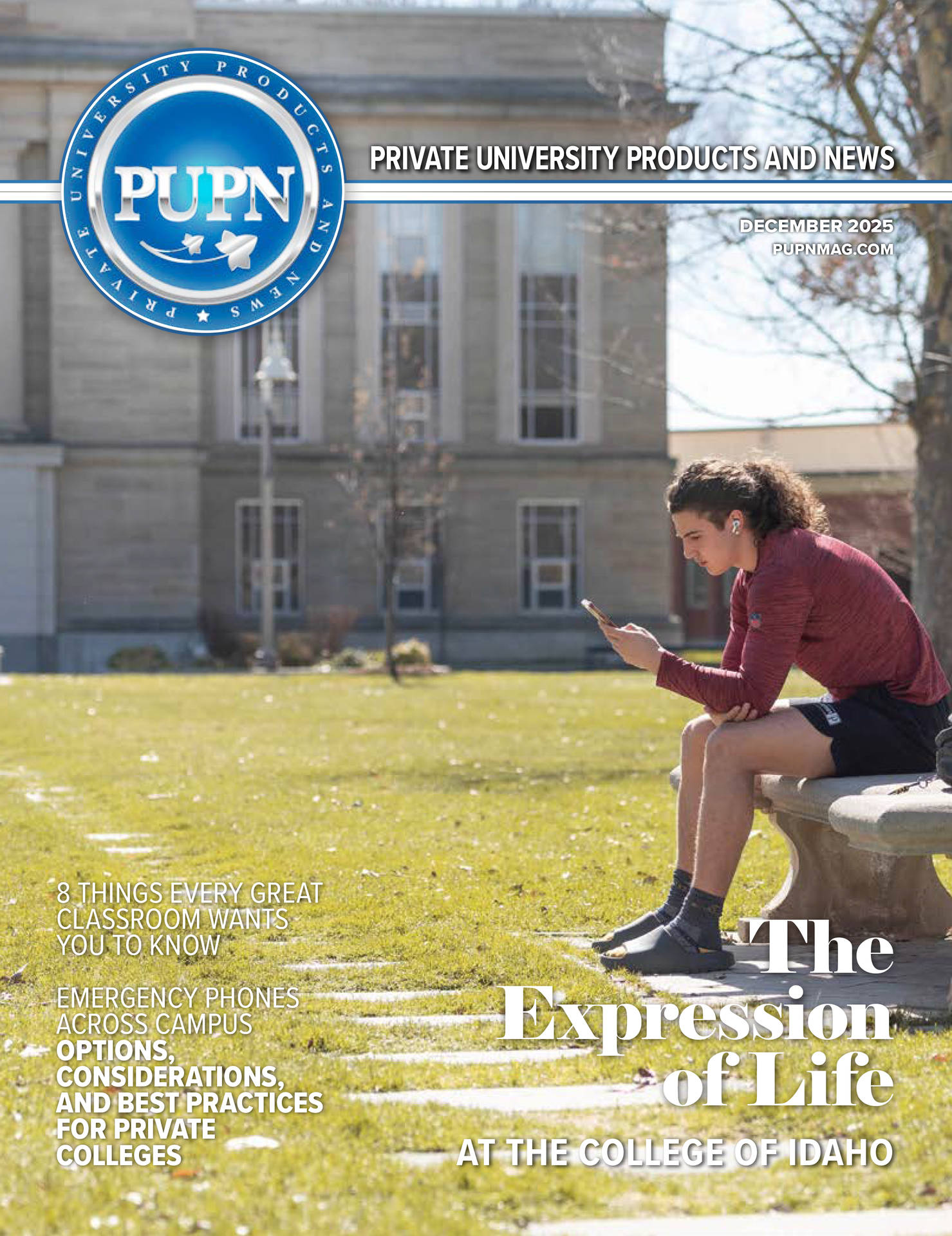According to Antoinette Hays, president of Regis College, LOM gives many graduates the chance to carve their own paths. “The Laboratory Operations Management program at Regis provides students the unique opportunity to engage in a diverse array of post-graduate opportunities in academia and industry,” she says. “Empirical scientific research training is blended with project design and management for real-world experience. Due to the demand for these skills, Regis LOM graduates are prepared to make contributions in the fields of their choice and have secured roles in prestigious biotechnology companies and top-tier graduate programs, including veterinary and medical schools.”
Filling in the Gaps
Shari Litch Gray, professor of STEM and PI of the Regis Zebrafish Facility, recalls that Regis College established the LOM minor with the goal of setting its graduates apart. Traditionally, a Bachelor of Science degree in Biology does not provide many applied skills, she says, but the LOM minor supplies a great deal of applied training that can pair well not only with Biology, but also with other degree programs, such as Neuroscience or Biomedical Engineering. Gray was department chair when Hogan came to Regis, and she notes that his ties to industry are one of his many strong points; they allow him to add industry knowledge to the academic preparation he supplies from his own doctoral degree. Hogan states that he left industry for academia because he “wanted to pursue his long-time passion for teaching.”
Gray says that Hogan “had license to evolve the curriculum as he saw fit” when he took on oversight of the new minor. Hogan has developed the program by adding internships, teaching assistantships, research opportunities, and other hands-on work. He states that he “made it fun” by inserting multiple opportunities for students to develop the “real-world thinking process” for lab operations.
These students are very “attractive to those in industry hiring in lab positions that have the potential for advancement,” Gray says. “His students shine, and they are a credit to themselves, him, and the college.”
Students in the LOM minor at Regis College, Hogan notes, gain experience in the many areas that labs depend on—they take business classes such as finance, gain experience managing projects, and conduct serious research in Hogan’s wet lab. Regis College graduate Santiago Pedraza Novak, Research Associate II with Adimab, a biotechnology company, says that this minor could easily be overlooked but is valuable for anyone who is considering graduate studies or working in industry as he does. One key component, he states, is the fact that biotech companies rely on expertise from employees who are not scientists—the business team, finance team, and leadership team all contribute to a company’s success—and LOM students learn about these aspects of lab work, as well.
Benjamin Adams—2024 Regis College graduate in Biology and Psychology, with a Lab Operations Minor; entering PhD student at UMass Amherst in Molecular Cell Biology— sees the LOM minor as “filling in the gaps and weaknesses of the Biology degree.” Students learn how labs work at a nitty-gritty level and what is expected of employees and leaders in these spaces.
“When you know what the drivers are for advances in lab research,” he says, “you can be more successful in research and with funding—you can get more done.” Adams appreciates that minors like LOM provide job skills training that is de-emphasized in traditional liberal arts programs but necessary in STEM education. “Practical skills add to the liberal arts and are beneficial to students.”
Hogan points out that this minor also helps students who may not want to pursue scientific research but could see themselves working in other positions that require a strong grounding in science. Such opportunities could include business development or alliance management. As the seniors start to mentor others throughout the minor, he says, they start to find out what they’re good at and begin seeing themselves in a specific space.
One requirement of the minor is that students must apply to something—a job, medical school, or graduate school. Hogan prepares his students for this aspect of their professional lives, as well. He teaches them how to develop their resumes or CVs, summary statements, and cover letters, and he makes sure that they personalize and position each application by researching the organization’s mission statements, biotherapeutics, and methods. This preparation shows Hogan’s thoughtfulness about his students’ needs in every area.
Approach to Teaching
Novak says that Hogan’s classes are revolutionary for STEM students. When Novak took Virology with Hogan during his junior year, he appreciated Hogan’s “engaging and conversational” teaching style. Novak states that even Hogan’s tests are engaging—rather than asking students to regurgitate memorized answers, Hogan might give them a scenario, such as, “Given a microbe, how do you begin figuring out what it is and what it does?” Novak recalls that it took a little time to get used to Hogan’s approach, but it was quite effective. He still remembers the material.
Novak, who currently focuses on antibody engineering in his professional role, says that it is “phenomenal” to understand the bigger picture of working in academia and industry—the similarities and differences. One of the courses in the LOM minor focuses on lab safety—why and how labs are run in specific ways. Novak points out that he was far ahead of other new employees at his company because he understood safety procedures and how labs are organized and stocked. In fact, Novak remembers calling Hogan a few weeks into his job to thank him for the thorough preparation he had received above and beyond research skills.
Once students have taken one of Hogan’s lab classes, they have the opportunity to become undergraduate teaching assistants (TAs). He says students seek out these TA positions once they understand the extent of their training. As the TAs engage in their work, Hogan notes, they begin thinking about graduate school and how they might teach their own students in that setting.
In a program that has little funding and little equipment, the students also need to do some troubleshooting. Hogan points out the market value of this skill—word has gotten around with industry people that Regis students know how to troubleshoot issues with lab equipment.
Hogan aims to have his students walk into industry needing minimal additional training. His goal is for every student to have the preparation and experience to get the job or graduate school position they want. Hogan says the LOM minor gives students tangible accomplishments to put on their resumes and CVs, including the fact that their research projects are grant-funded. He even makes sure his students are familiar with technical documents like a Gantt chart, which is a project management tool to organize a project’s timeline, milestones, and funding. The students use the Gantt chart to organize a scenario which includes budget analyses and benchmarks for go/no go decisions.
Ovarian Cancer Research
The goal of research in Hogan’s lab is to develop a diagnostic tool for early-stage ovarian cancer. He states that many women are currently only diagnosed in the early stages by accident because this type of cancer doesn’t usually have symptoms until the later stages. There is a protein, however, that is over-expressed in a women’s blood throughout all four cancer stages, so finding a way to detect that protein could save lives. To detect the protein early, the researchers in Hogan’s lab aim to use phage display to isolate a peptide that could bind to the overexpressed protein in the blood. If that can be done, then they can devise a diagnostic tool using this approach. A blood screening assay could be included in a traditional blood panel taken during women’s annual physicals; such a test would be covered by insurance and become widely available. Adams appreciates that the research group learns fundamental lab techniques while building essential skills as scientists.
Novak says the research team members develop a wide array of strengths as leaders, team members, and lab professionals. Students work individually and also have weekly group meetings. In fact, Novak states that while in the program, he did a great deal of work that is similar to his current position. He knew that he wanted to work in industry and was happy to have these experiences to discuss in his job interviews, especially at the undergraduate level. For example, the Regis research uses phage display, and he currently uses yeast display, which is a similar process. He also learned sequencing—and he is now part of the sequencing team at Adimab, in addition to doing some tech development for the company. He credits “being in a real lab setting, with the proper protocols and procedures” with setting him up for success in his current professional role.
Other students have presented their findings in a poster presentation at the American Medical Student Association conference. Hogan notes that the Regis team was chosen out of the 200 presenters to receive one of five awards. Hogan continually encourages students to pursue opportunities for publishing their work via posters, presentations, and papers so that they can upgrade their resumes to CVs.
Takeaways
By the time students have finished the LOM minor with Hogan, he notes, they “really feel empowered” and “get proud” about the breadth of their knowledge, from the business side of science to lab safety issues and ergonomics.
More important than the science and wide-ranging experiences, Novak adds, is Hogan’s ongoing mentorship. He welcomes students to his classes and research group, and he offers support with job preparation. Novak states that Hogan is interested in the students’ “personal, professional, and educational development,” and that breadth of support speaks to his character.
“He’ll give the best of himself when a student asks for help.”










